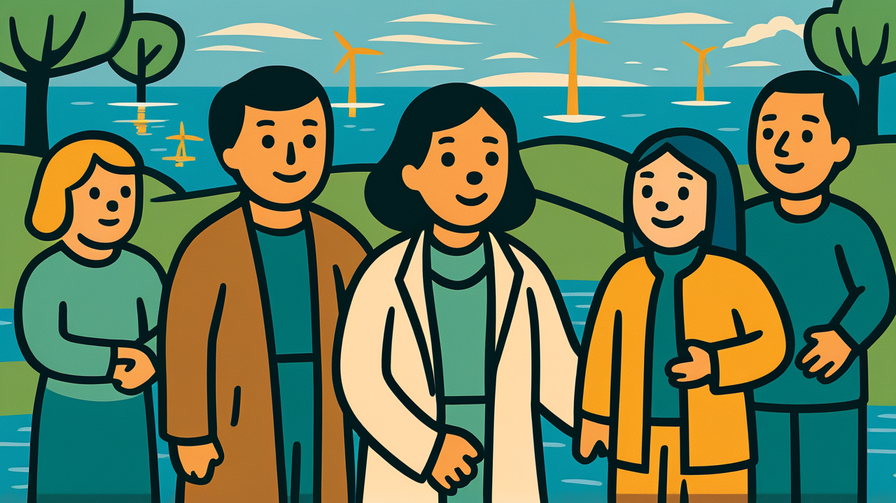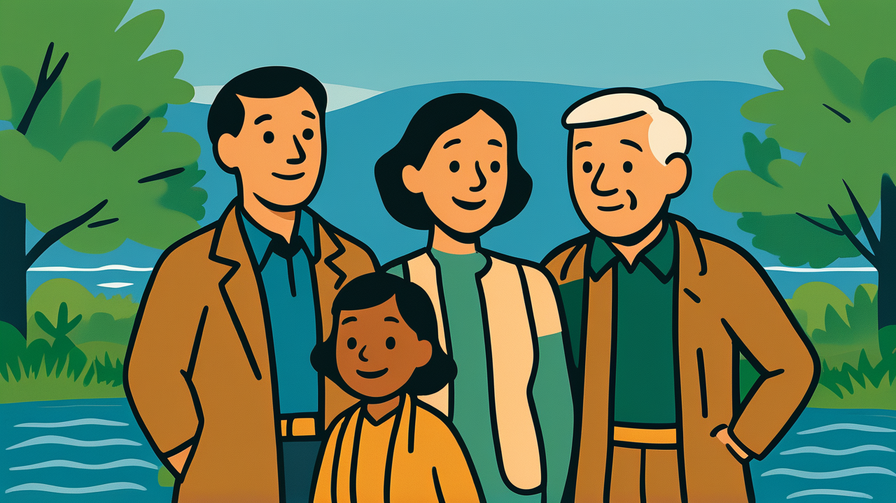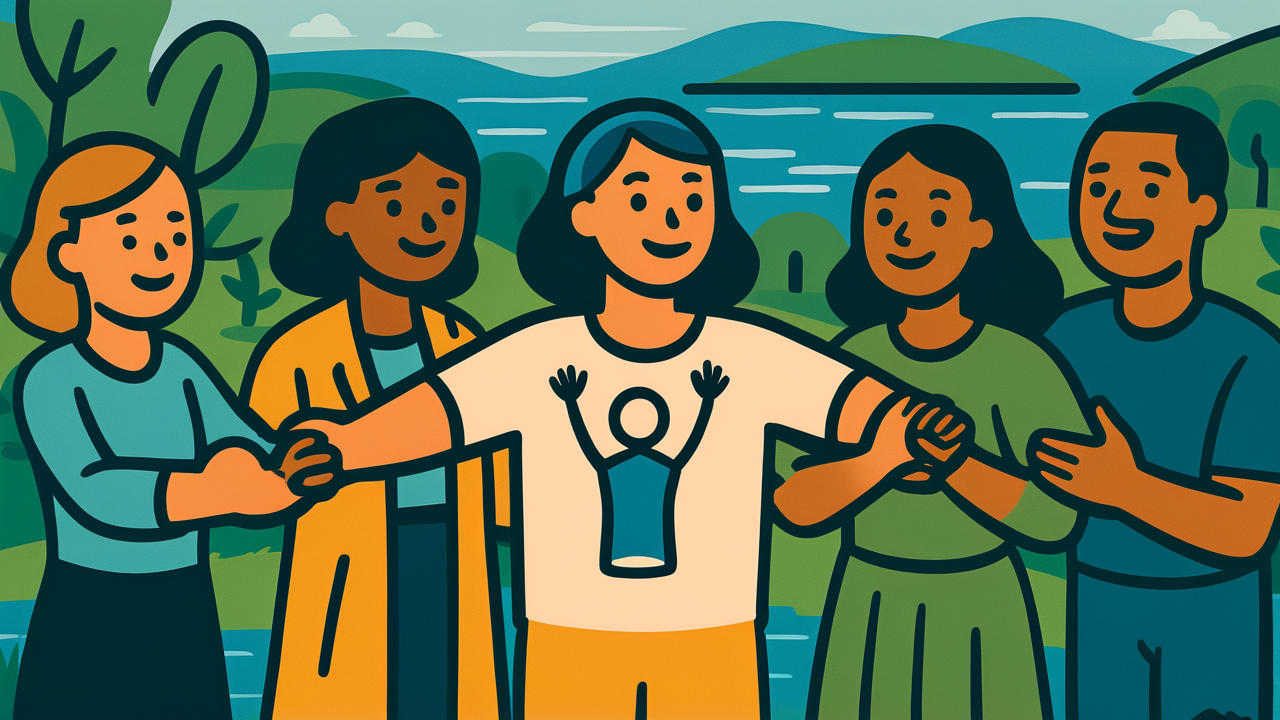[Disclaimer] This article is reconstructed based on information from external sources. Please verify the original source before referring to this content.
News Summary
The following content was published online. A translated summary is presented below. See the source for details.
The Canadian federal government has announced significant initiatives to protect citizens’ right to a healthy environment and enhance management of potentially harmful chemicals. This marks the implementation of Bill S-5, which amended the Canadian Environmental Protection Act to formally recognize that every Canadian has the right to a healthy environment. The new measures include stricter regulations on toxic substances, improved monitoring of chemical releases into air and water, and enhanced transparency about environmental risks in communities. The government is establishing new frameworks for assessing and managing chemicals before they enter the market, prioritizing the protection of vulnerable populations including children, pregnant women, and Indigenous communities. These initiatives also include increased funding for environmental health research, community monitoring programs, and public education about chemical safety. The announcement represents a shift toward preventive environmental health protection rather than reactive measures.
Source: Environment and Climate Change Canada
Our Commentary
Background and Context

The right to a healthy environment means that clean air, safe water, and unpolluted land aren’t privileges – they’re basic human rights. Until recently, this wasn’t officially recognized in Canadian law, even though many other countries had already done so.
Every day, we’re exposed to thousands of chemicals – in our food packaging, cleaning products, electronics, and even the air we breathe. While many are harmless, some can cause serious health problems like asthma, cancer, or developmental issues in children.
Young people are especially vulnerable to harmful chemicals because your bodies are still developing. That’s why these new protections matter so much for your generation and future ones.
Expert Analysis
Canada’s new approach represents a major shift from “prove it’s harmful” to “prove it’s safe” before chemicals can be widely used. This precautionary principle puts public health first.
Key changes include:
• Pre-market testing: Companies must prove chemicals are safe before selling them
• Vulnerable populations focus: Special protections for children and pregnant women
• Community right-to-know: You can find out what chemicals are used near your home
• Cumulative effects: Looking at how multiple chemicals interact, not just one at a time
This matters because we’re often exposed to chemical “cocktails” – combinations that might be more harmful together than separately.
Additional Data and Fact Reinforcement
The scale of chemical use is staggering:
• Over 85,000 chemicals are used commercially in North America
• Only about 1% have been thoroughly tested for health effects
• Canadians have an average of 137 synthetic chemicals in their blood
• Chemical pollution costs Canada’s healthcare system an estimated $15 billion annually
• Children today have 10 times more chemicals in their bodies than their grandparents did
Related News
This initiative follows global trends. The European Union’s REACH program requires extensive chemical testing. Several US states have passed their own chemical safety laws as federal action stalls. The UN recently declared a healthy environment a universal human right.
Youth climate activists have increasingly linked environmental health to human rights, arguing that pollution violates young people’s rights to a livable future.
Summary

Canada’s recognition of environmental rights represents a fundamental shift in how governments protect public health. By requiring proof of safety before chemicals enter the market and giving communities the right to know about local pollution, these initiatives empower citizens to protect themselves. For young Canadians, this means growing up in a country that legally recognizes your right to breathe clean air, drink safe water, and live without fear of toxic exposure. While implementation will take time, this framework creates tools for your generation to demand and achieve a healthier environment.
Public Reaction
Environmental and health groups have celebrated the announcement as long overdue. Parents’ organizations particularly welcome the focus on protecting children. Some industry groups worry about increased costs and regulatory burden. Indigenous leaders praise the recognition of their communities’ vulnerability but want stronger enforcement powers. Young activists say it’s a good start but push for faster action on climate change.
Frequently Asked Questions
Q: What does “right to a healthy environment” actually mean?
A: It means the government must consider environmental health in all decisions and citizens can legally challenge actions that threaten their health through pollution or environmental degradation.
Q: How will I know what chemicals are in my community?
A: The new rules require companies to report chemical use and releases. This information will be available through public databases and community right-to-know provisions.
Q: Will products become more expensive?
A: Some products might cost slightly more if companies need to reformulate with safer chemicals. However, the long-term healthcare savings from preventing chemical-related illnesses far outweigh these costs.


